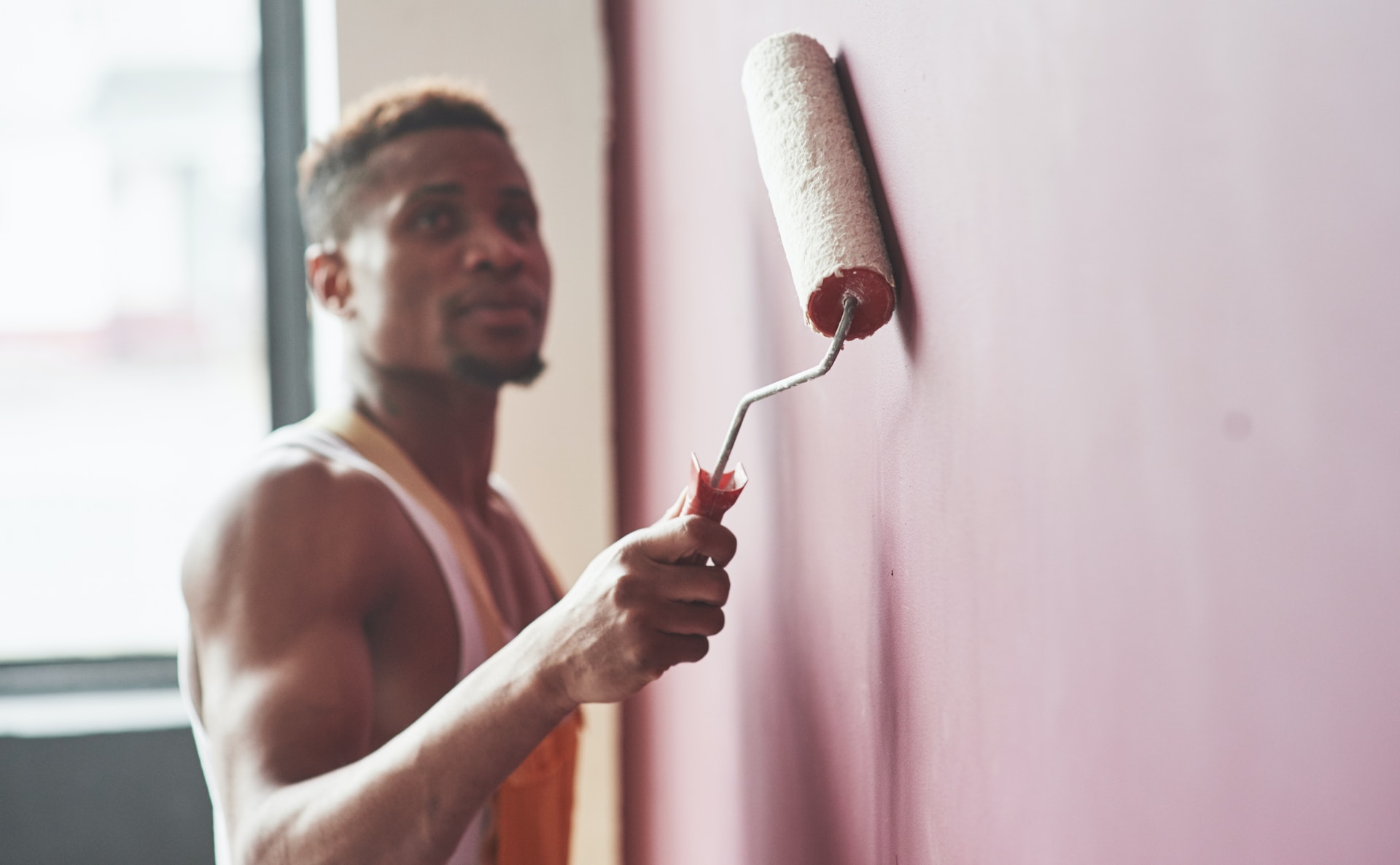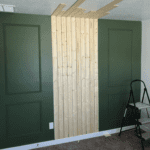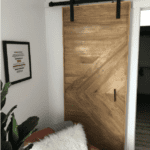Selecting the perfect paint colors for your home can be a daunting task. With endless hues and shades to choose from, how do you know which one will create the ideal ambiance and complement your personal style? Fear not, as we’ve got you covered with this comprehensive guide to choosing the right paint colors for your home. We’ll dive into color psychology, the impact of lighting, and expert tips to ensure you confidently create a harmonious, beautiful, and uniquely personalized living space.
Color speaks volumes and reflects your personality, sets the mood, and can even alter the perception of your room’s size and shape. With this guide, you’ll become a master of color selection, tailoring your home paint choices to embody your vision and bring your dream home to life. Get ready to embark on a colorful journey to enhance your home’s aesthetic and wow your guests!
1. Color Psychology: Understanding the Emotional Impact of Colors
Did you know that colors have the power to evoke certain emotions and affect your mood? Color psychology plays a significant role in interior design, ultimately impacting the overall atmosphere and feel of your living space. Here’s a brief overview of common color associations:
– Red: Passion, energy, excitement
– Orange: Warmth, enthusiasm, stimulation
– Yellow: Happiness, optimism, creativity
– Green: Harmony, growth, relaxation
– Blue: Serenity, trust, tranquility
– Purple: Luxury, sophistication, spirituality
– Gray: Elegance, neutrality, balance
– White: Purity, simplicity, spaciousness
– Brown: Stability, earthiness, comfort
– Black: Power, sophistication, depth
Incorporating color psychology into your paint selection process can help you create the desired mood and achieve the perfect atmosphere for each room. For example, soothing colors like blues and greens might be ideal for a bedroom, while energetic hues such as reds or oranges could work well in a lively entertainment space.
2. The Role of Lighting: How Illumination Affects Color Perception
Lighting plays a crucial role in how paint colors are perceived, so it’s essential to consider the specific type and amount of light in each room. Natural sunlight, incandescent bulbs, and LED lights can all alter the appearance and intensity of a color. Before committing to a paint color, test samples in the room under different lighting conditions to see how it looks throughout the day.
Three primary factors to examine regarding room lighting are:
– Direction: Take note of the room’s natural light source direction. North-facing rooms generally receive cool, indirect light, which can amplify the intensity of colors. South-facing rooms receive warmer, direct sunlight, which can make colors appear brighter.
– Intensity: Bright, well-lit rooms can handle bold, saturated colors, while dimly lit areas benefit from lighter shades that reflect natural and artificial light, making the space seem brighter.
– Light Temperature: Try to match the color with the temperature of the room’s artificial lighting. Cool-toned colors often work well with LED lights, while warm-toned shades are compatible with incandescent bulbs.
3. The Impact of Room Size, Shape, and Function
In addition to lighting and color psychology, paying close attention to a room’s size, shape, and purpose will help you select the most fitting paint colors. Here are some aspects to consider:
– Room Size: Light colors can make small rooms feel more spacious, while dark shades can add depth and coziness to larger areas. Vertical stripes or light to dark color gradients can create the illusion of height, while horizontal lines can visually widen a narrow space.
– Room Shape: If a room’s shape is irregular, consider using contrasting colors to accentuate architectural features and create visual interest. Alternatively, use monochromatic color schemes to simplify an unusually-shaped space visually.
– Function and Purpose: Align your color choices with the primary function of each room. Opt for soothing colors in bedrooms and relaxation areas, pick vibrant hues for entertaining spaces, and choose stimulating shades for creative zones or home offices.
4. Utilize Color Schemes and Combinations
Mastering the art of color schemes and combinations can drastically enhance your paint selection to create a balanced, cohesive look throughout your home. Here are some popular color schemes to explore:
– Monochromatic: This scheme uses varying shades and tints of a single hue for a harmonious and sophisticated look.
– Complementary: Based on opposing colors on the color wheel, this bold scheme creates visual contrast and interest. For example, blue and orange or yellow and purple.
– Analogous: Neighboring colors on the color wheel create a harmonious and subtle scheme, such as blue-green, green, and yellow-green.
– Triadic: This scheme combines three evenly spaced colors on the wheel, such as red-green-blue or yellow-orange-purple, creating a dynamic and balanced appearance.
5. Test and Sample Before Committing
After narrowing down your color choices, bring home paint samples and test swatches on your walls. Seeing the color on a larger scale and within your space can drastically impact your final decision. Allow the paint to dry completely, and observe it under different lighting conditions throughout the day. Don’t hesitate to eliminate options and revisit your paint selections until you find the perfect colors for your home.
Armed with the knowledge of color psychology, lighting influences, room size, shape, function, color schemes, and the importance of testing and sampling, you’re well-equipped to confidently select the perfect paint colors for each room in your home. Embrace the process and trust your instincts as you curate a living space that reflects your vision and personal style.
Transform Your Space: The Power of Thoughtful Color Selection
With a thorough understanding of color psychology, the influence of lighting, room dimensions, color schemes, and the value of sampling, you’re now equipped to make informed and sophisticated paint color choices. By thoughtfully selecting the right hues, you can transform your home into a harmonious, inviting space that reflects your unique personality and style.
Ready to embark on your color journey? Head over to House To Home DIY for more tips, advice, and inspiration to bring your dream home to life on our house DIY blog. We invite you to share your before and after photos, color choices, and design triumphs with our community. Together, we’ll celebrate the power of color in transforming spaces and creating homes that truly feel like a personal sanctuary. Happy painting!






